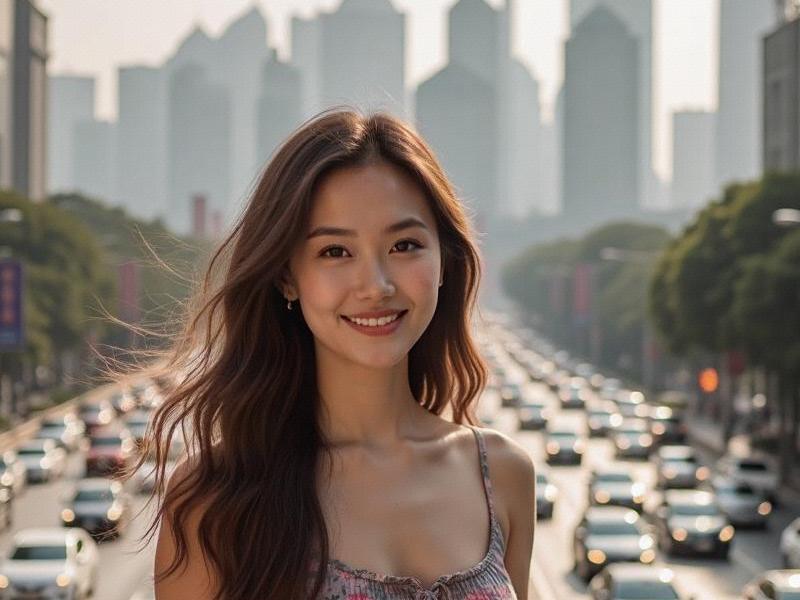This 2,500-word feature explores how Shanghai's unique blend of Eastern and Western influences has created distinctive beauty standards and a thriving beauty industry that impacts millions of Chinese women.

Section 1: Historical Foundations
• Shanghai's beauty heritage dating back to 1920s "Paris of the East" era
• Influence of qipao fashion and Hollywood cinema
• Comparison with traditional Chinese beauty ideals
• Current generational differences in perception
Section 2: Industry Analysis
- ¥48 billion annual beauty market (2024 figures)
- 3,800+ beauty salons citywide
- 62% premium cosmetics market share
- Medical aesthetics growing at 28% annually
上海龙凤419 Section 3: Emerging Trends
1. "Natural Chic" Movement:
- Minimalist skincare routines gaining popularity
- Focus on skin health rather than heavy makeup
- Rejection of extreme plastic surgery trends
2. Technology Integration:
• AI-powered skin analysis in 87% of salons
• AR makeup testing apps used by 63% of women
• Smart mirrors becoming salon standard
上海花千坊419 • Custom 3D printed beauty products
Section 4: Cultural Significance
- Beauty as professional capital in workplace
- Social media influence on self-perception
- Relationship between beauty and social status
- Feminist critiques of beauty standards
Section 5: Economic Impact
上海贵族宝贝sh1314 - Direct employment of 120,000+ in beauty sector
- Shanghai Fashion Week's global influence
- Beauty tourism attracting 850,000 visitors annually
- Local brands gaining international recognition
Challenges and Controversies
• Pressure on young women to conform
• Regulatory gaps in cosmetic procedures
• Environmental impact of beauty products
• Authenticity concerns in digital beauty culture
Shanghai's beauty culture reflects the city's unique position as China's most international metropolis, blending global trends with local traditions while sparking important conversations about gender, identity and self-expression.